
Black Wings Has My Angel (1953) is a fantastic and fast-paced noir crime novel. After years being out of print, the story was republished by The New York Review of Books in 2016. I’ve read so many gems published in their New York Review Classics collection that I never would have discovered on my own. It was fun to read a classic of pulp fiction.
The novel follows the life of Kenneth McLure, aka “Tim Sunblade,” after his escape from prison. Initially, Tim is working on an oil rig on the Atchafalaya River. At his hotel, he meets “Virginia,” a call girl with lavender-grey eyes, a perfect figure, and a love of money. After spending a few days together, Tim and Virginia head West. Tim plans to ditch Virginia when he gets sick of her somewhere between Dallas and Denver, but Virginia outwits him and steals his money. Tim manages to track Virginia down, and after fighting viciously, the pair settle into a violent love-hate relationship. Neither one trusts the other, and both are prepared to backstab the other.
Tim was not always a cynic and hardened criminal. During the war, he spent 34 months in a Japanese prison camp on the Island of Luzon before being honorably discharged. After he returned home, he sold office supplies, but “blew his cork” and ended up in prison at Parchman. While locked up, he decided he was through being imprisoned and done with being poor. He and his friends Jeepie and Thompson planned an escape from Parchman, but Jeepie was shot in the head and killed during the escape. Tim is haunted by the memory of Jeepie’s bloody face.
After being locked up for so long, Tim expounds on nature as he reaches the West thinking,
Chaze’s descriptions of the land are beautiful, striking, and real.
Although Tim is thoughtful and reflective, he is not destined for a quiet, crime-free life. He remembers all the details of his friend Jeepie’s plan to rob an armored truck. Tim wants to carry the plan out, but he needs a partner. He decides to trust Virginia after learning that she’s running from her own past in New York City where she was “reputedly the former mistress of a big-time underworld figure.” After weeks of careful planning, Tim and Virginia pull off their heist with Tim murdering the truck’s custodian. They make their way to Cripple Creek where they hide their crimes by sending the armored truck and dead body down an abandoned mine shaft.
Newly loaded with money, Tim and Virginia head to New Orleans. Despite his money and freedom, Tim finds their life there dissatisfying. Then Tim’s past begins to catch up with him when he runs into old neighbors from his hometown who recognize him as Kenneth. He’s reminded of his mother and how she cried over the change in him after he returned from the war with a shell splinter in his head. Eventually, Tim is drawn back by the ghosts of his past to his hometown. The story takes many unexpected twists and turns as Tim and Virginia try to escape their tragic fates.
Check out some other websites with info on the novel and Elliott Chaze:
Bill Pronzini on ELLIOTT CHAZE at Mystery*File
Review of Black Wings Has My Angel at Pulp Serenade
Review of Black Wings Has My Angel at His Futile Preoccupations
Purchase and read books by Elliott Chaze:


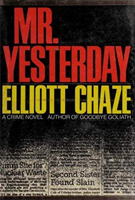
© penciledpage.com

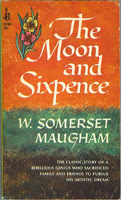
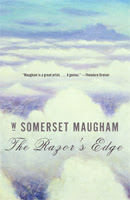


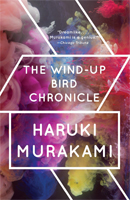


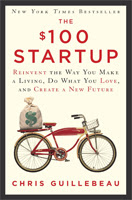










Search This Website